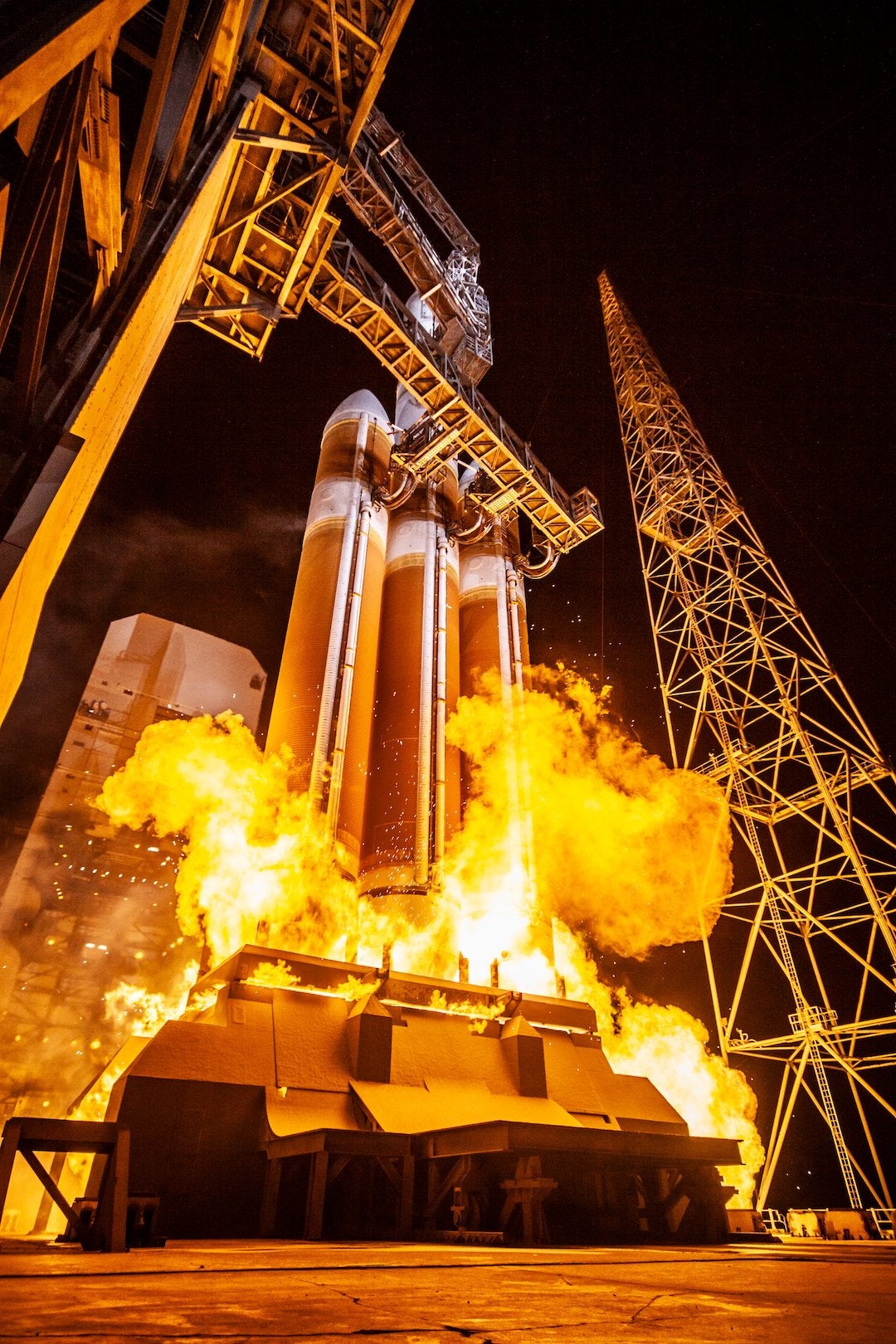Latest News

ULA launches a Delta IV Heavy for the NROL68 mission on June 22, 2023. Photo: ULA
The National Reconnaissance Office (NRO), U.S. Space Force’s Space Launch Delta 45, Space Systems Command (SSC), and United Launch Alliance (ULA), launched the NRO’s NROL-68 satellite on June 22 from Cape Canaveral Space Force Station, Florida. in what is to be the second-to-last rocket mission for the ULA Delta IV Heavy launch vehicle.
NRO said that it has launched 16 missions since NROL-22 in 2006 aboard Delta IV Medium and Heavy variants.
“Our architecture is evolving to ensure the United States remains the undisputed leader in space,” Chris Scolese, the NRO director, said in a statement. “The capabilities we are putting into orbit expand our intelligence advantage and enable us to deliver on our mission of keeping America safe.”
The final Delta IV Heavy mission is to occur next year.
Following the retirement of Delta IV next year, “it will be superseded by ULA’s Vulcan, which will lift the next generation of national security and commercial satellites into space with its own innovations,” SSC said.
This month, SSC assigned 12 National Security Space Launch (NSSL) missions to SpaceX and ULA — six for each provider —under the fiscal 2023 NSSL Phase 2 Launch Service Procurement contract.
Under SSC’s newly announced assignments, SpaceX’s Falcon 9 rockets will launch three Low-Earth Orbit (LEO) satellites from the western range at Vandenberg Space Force Base in California, for the Space Development Agency’s (SDA) Tranche 1 Transport Layer, one from Vandenberg for the SDA’s Tranche 1 Tracking Layer, and one satellite for the “classified” USSF-31 mission from the eastern range at Cape Canaveral.
ULA will use its Vulcan Centaur rockets for two NRO missions–NROL-64 from Cape Canaveral and NROL-83 from Vandenberg; a Global Positioning System III launch from Cape Canaveral, the “classified” USSF-114 mission from Vandenberg, and two SDA Tranche 1 Tracking Layer launches from Vandenberg.
Get the latest Via Satellite news!
Subscribe Now